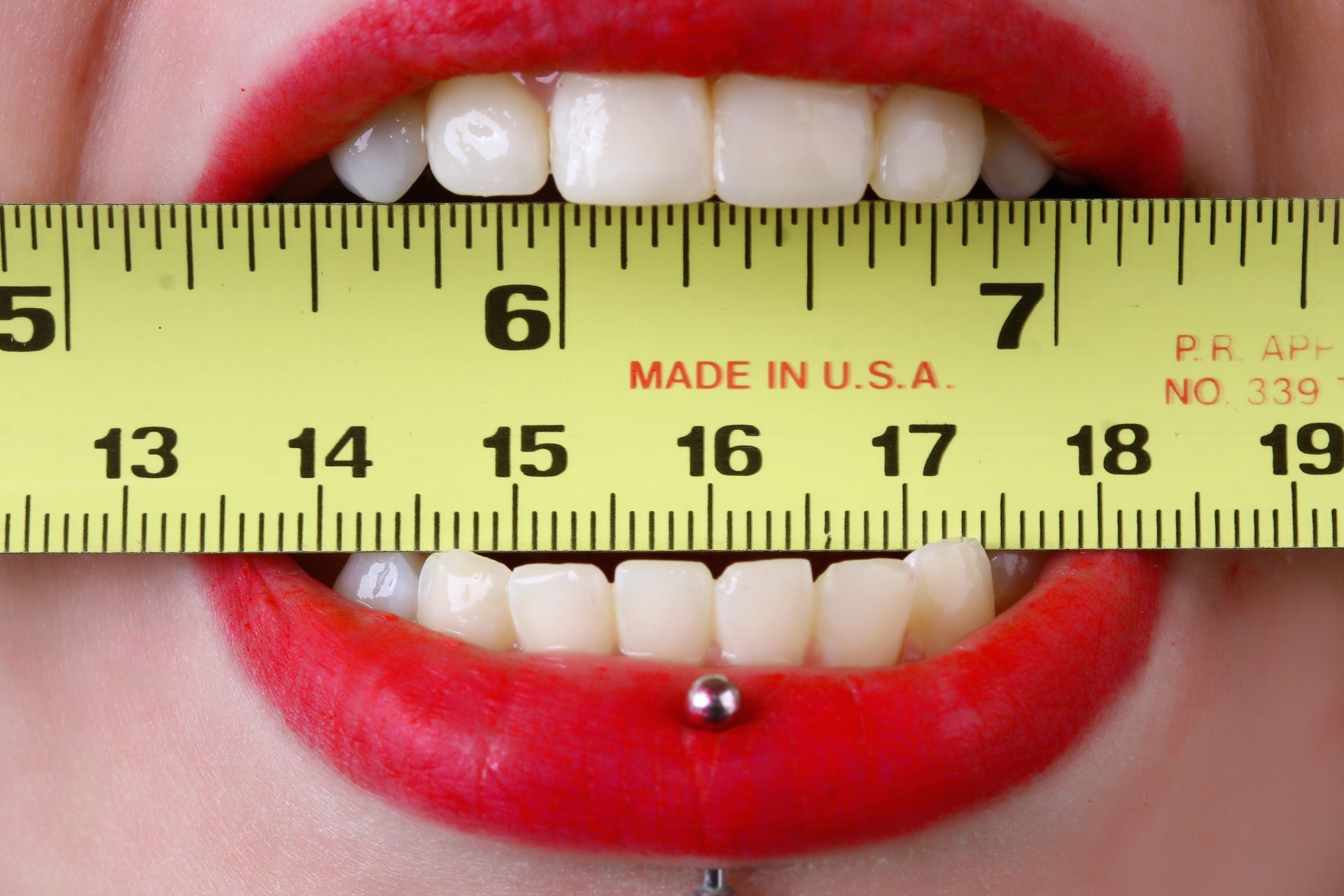Periodontal and Dental Charting

Dental Charting – What Is It?
During a dental charting treatment, a dentist documents and describes the condition of your teeth and gums. The dental chart includes a section called periodontal charting that entails measuring the distance in millimetres between each tooth. To maintain healthy teeth and gums, it is advised that you heed the recommendations given by your dental healthcare provider following the session and make sure to schedule routine exams and charting.
What Will Your Dental Chart Tell You?
A dental chart is a visual tool used to arrange important data about the condition of your teeth and gums. The chart is normally made by your hygienist, who examines the interior of your mouth. The hygienist examines your mouth to acquire information about your teeth and gums and records any important details that need to be included on the chart. The chart may take on numerous shapes, but it is normally a visual depiction of your mouth that contains each tooth and sections for scribbling down brief comments regarding the status of your teeth and gums.
Conditions Your Dental Chart Knows?
Your dental record could include information about a variety of conditions or problems with your teeth and gums, including cavities, missing teeth, the depth of gum pockets, where the gums bleed when probed, gum recession, abnormalities in the teeth or enamel, damage to the teeth, the presence of crowns, bridges, implants, and fillings, attachment of the teeth to the gums, teeth movement, and gum bleeding.
Reasons for Keeping Dental Records
A dental assistant or hygienist will do dental charting to gather and arrange important data on your oral health in one place. This approach is advantageous because it gives dentists simple access to information on the present state and past development of your oral health. Every time you have a dental exam, your chart will be updated, enabling your dentist to track the development of your oral health over time.
What To Anticipate When Charting Teeth
Your dental hygienist will initially do a thorough dental charting of your mouth during your initial visit to a new dental clinic. In the future, if you don’t have any issues that need to be addressed, your visits may merely involve a quick oral examination and an update to your chart. On the other hand, if you have problems that need to be addressed, a thorough charting during your subsequent visit may be necessary to track any advancements.
Your hygienist will begin by listing your teeth on the chart and numbering them. Your dentist will allocate the proper tooth to any serious difficulties you have and write them with a brief notation on the chart.
Following a thorough examination of your teeth, your hygienist may use an instrument to look for tooth decay on the crowns of your teeth. Six readings are normally obtained for each tooth while probing your gums to measure the depth of your gum pockets. Periodontal charting is the name of this procedure.
Your hygienist will often clean your teeth when your charting is finished, and then your dentist will do an examination. Your dentist will further explore anything on your chart that raises a red flag.
Read some related articles here to learn more about teeth options to consider.